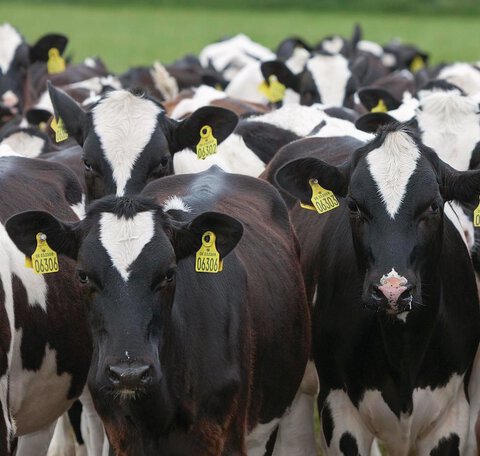Dairy farms will have to make changes to remain productive and profitable in a more sustainable future. Innovative genetics can help breed cows that fulfil these criteria, but what other issues will farmers need to address in the future? Continue reading to get the full insights.
Customer demands are changing, and farmers have to adapt to stay in business. Dairy farms must change with that demand, but only if that is logical and feasible.
Farm technology is also evolving as tech buffs race to introduce new tools ahead of their competition to dazzle farmers with better features and benefits.
To get to the bottom of this, we sat down with two experts to discuss what dairy farms might look like in the year 2040.
Lars Nielsen, Chief Breeding & Production Officer at VikingGenetics, and Chris McCullough, an international, award-winning agricultural journalist with 20+ years of experience.




